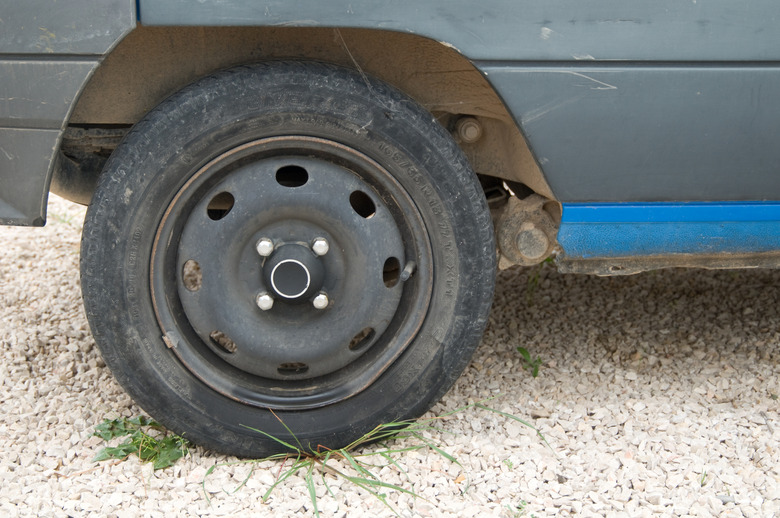How To Make Gravel Driveways In Clay Areas
Step 1
One of the most important steps in any paving project is the preparation of the drive bed. You need to begin by clearing the topsoil and any organic material, such as leaves, twigs or branches. While you can do this with a shovel and old-fashioned elbow grease, a backhoe speeds the process considerably. Save the topsoil to use in your garden, container plants or other areas. You also need to tamp the soil, if the clay is loose. Run a soil compactor over the surface until it stops shifting. Then check for low areas or soft spots and fill them with large landscaping stones. Finally, later maintenance is much easier if you cover the driveway with weed-barrier landscaping fabric. While this isn't essential, it saves you from having to pull unwanted sprouts from your path later.
Step 2
- One of the most important steps in any paving project is the preparation of the drive bed.
- Finally, later maintenance is much easier if you cover the driveway with weed-barrier landscaping fabric.
Building a Base
Step 1
Drainage is an important consideration in any driveway, but you can build in some advantage at the foundation level. Begin by making the center of your driveway slightly higher than the sides, so that water will run to the sides, rather than gathering in puddles or ruts. For added assurance, you can also lay a 4-inch drainage pipe down the center, with drainage holes facing down. Large stones, about fist-sized, provide a good base for your driving path. If you add a 1-inch layer of sand and water it in well, then add a second layer of sand, you provide even more stability to your paving.
Topping Your Driveway
Step 1
The next layer of the pavement should be medium-sized gravel of different sizes and shapes. Smooth stones, like river rocks, are aesthetically pleasing, but the round rocks are more likely to shift and leave ruts, while the more angular pieces mesh to form a more lasting surface. For a final touch, add a crushed gravel mix to the top. Both of these layers should be about 2 inches deep.
Step 2
- Drainage is an important consideration in any driveway, but you can build in some advantage at the foundation level.
- For added assurance, you can also lay a 4-inch drainage pipe down the center, with drainage holes facing down.
Maintaining Your Driveway
Step 1
Be sure that your driveway's angle is low — preferably less than five degrees — to avoid a washout of the gravel to the bottom of the drive. Another option is to edge the drive with landscaping bricks or timbers, to keep the gravel within the outline of the driveway. Periodically, you may need to rake the gravel to smooth it back over the entire surface of the driveway. Over time, it may be necessary to add another layer of rock, but your rustic driveway should last for decades.
